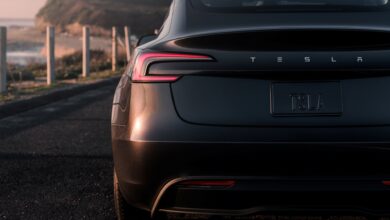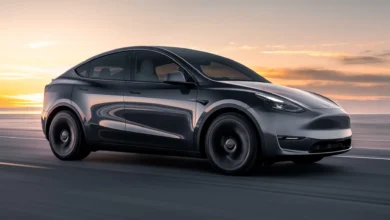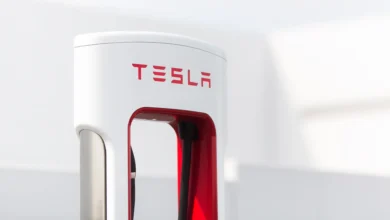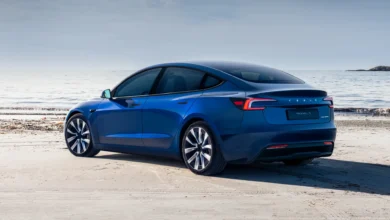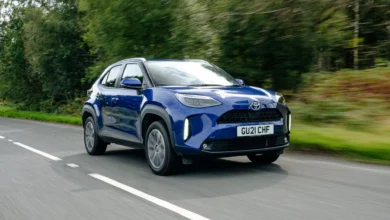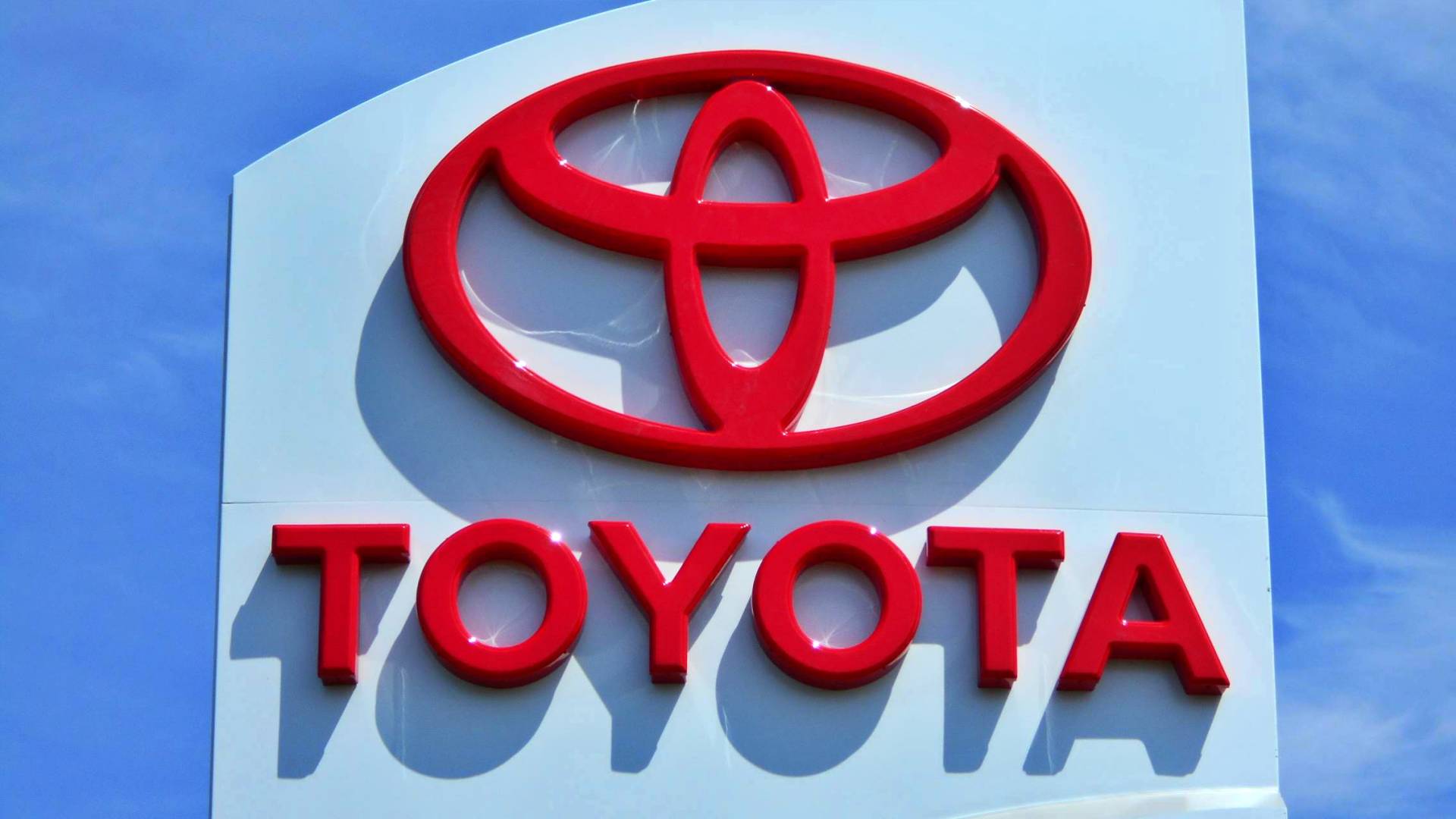
According to a report published by Reuters, Toyota is considering a complete reboot of its electrification strategy to improve its competitiveness. The Japanese firm, which has been one of the last to bet on the battery-powered electric car, will thus seek to stand up to rivals such as Tesla.
An internal working group has been tasked with improving the e-TNGA platform or creating a completely new one. In addition, the development of some of the thirty electric models that the Toyota company planned to launch between now and 2030, including the electric Crown and the Compact Cruiser EV off-roader, has been suspended.
Although this change in plans could delay the launch of some models, it will address the criticism of some investors, concerned about the slowness of Toyota. And is that the sales of electric cars are exceeding the projections made previously by the firm, which places it in a compromised situation.
The development of a new platform to replace the e-TNGA would aim to achieve a significant cost reduction and the implementation of a more efficient production system. Some Toyota executives and engineers have found that its manufacturing costs are much higher than Tesla’s, putting the brand at a disadvantage against its rival.
Toyota could develop a new electric platform
The e-TNGA platform was designed to be able to be produced on the same assembly line as thermal and hybrid models. This would make sense if Toyota sold 3.5 million electric cars a year by 2030; that is, one-third of its total volume. However, at the current rate of growth, this percentage could well exceed 50%.
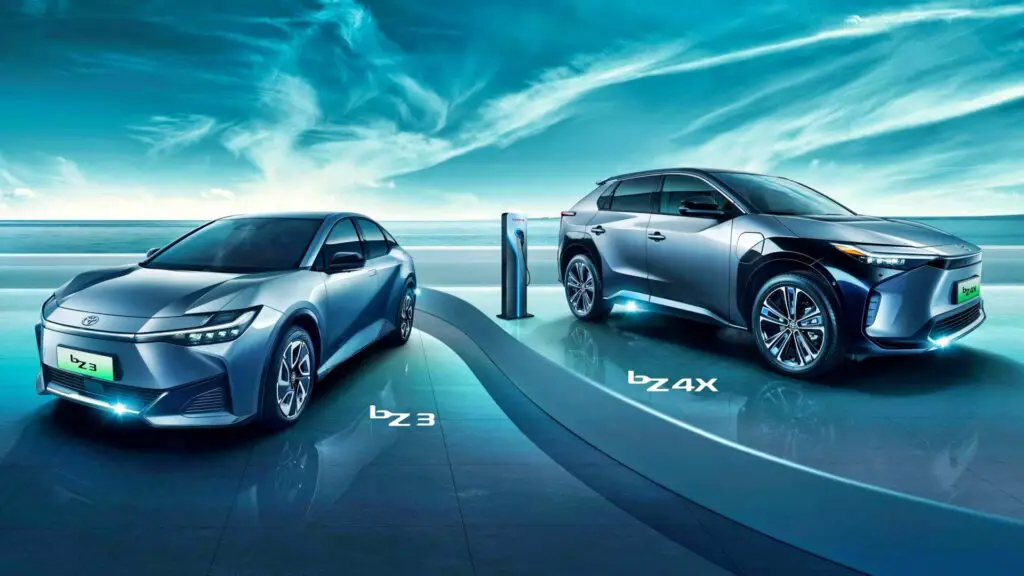
The person in charge of this in-depth review of Toyota’s electric car program would be Shigeki Terashi, former director of competition. As we have indicated before, the working group is considering two options: update the e-TNGA platform, or withdraw it early and develop a new dedicated architecture from scratch, which would take five years to reach the market.
In addition, Toyota is also considering the use of large castings in its vehicles to reduce costs, a solution that Tesla is betting heavily on. On the other hand, the possibility of simplifying the thermal management systems of its electric cars is being explored, combining the air conditioning of the passenger compartment and that of the electric propulsion train. All this would reduce both the weight and the size of the packs, lowering the cost per vehicle by thousands of euros.
